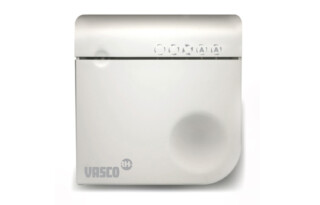We often hear of the importance of the right humidity level in the house to prevent respiratory irritation, health problems and mould. But how do you actually keep the humidity level under control? Read on!
The ideal humidity in the house
Perhaps you don’t realise it, but you are constantly producing damp air in the house. For example, when you cook, dry your washing, shower… even the air you exhale. Research has shown that the ideal humidity in the house is somewhere between 40 and 60 percent. How do you know whether or not you are in the danger zone? Have a hygrometer in the house. That immediately lets you know if it’s time to intervene.
Ventilate
One effective solution to excessive humidity is: ventilation. Opening the windows occasionally is a good start, but for a really healthy indoor climate, installing a mechanical ventilation system C or D is a must. If your home seems really damp, you can also try producing less moisture in the home. It’s better to hang the washing outside to dry and leave the extractor fan on for a while after cooking. In any case, the message is: rapid intervention. Otherwise it won’t be long before you have to deal with peeling paint and patches of mould, and all the health problems that go with it.
Or is your home too dry?
Of course, the humidity in your home may be too low. If you wear contact lenses, your eyes will soon become irritated if the air indoors is too dry. Bouts of coughing are also caused by a too dry indoor climate. Here too, a ventilation is the solution.
Another way of raising the humidity in the house is to place water reservoirs on your radiators. Because of the warmth of the radiator, the water will evaporate and be absorbed by the air.
